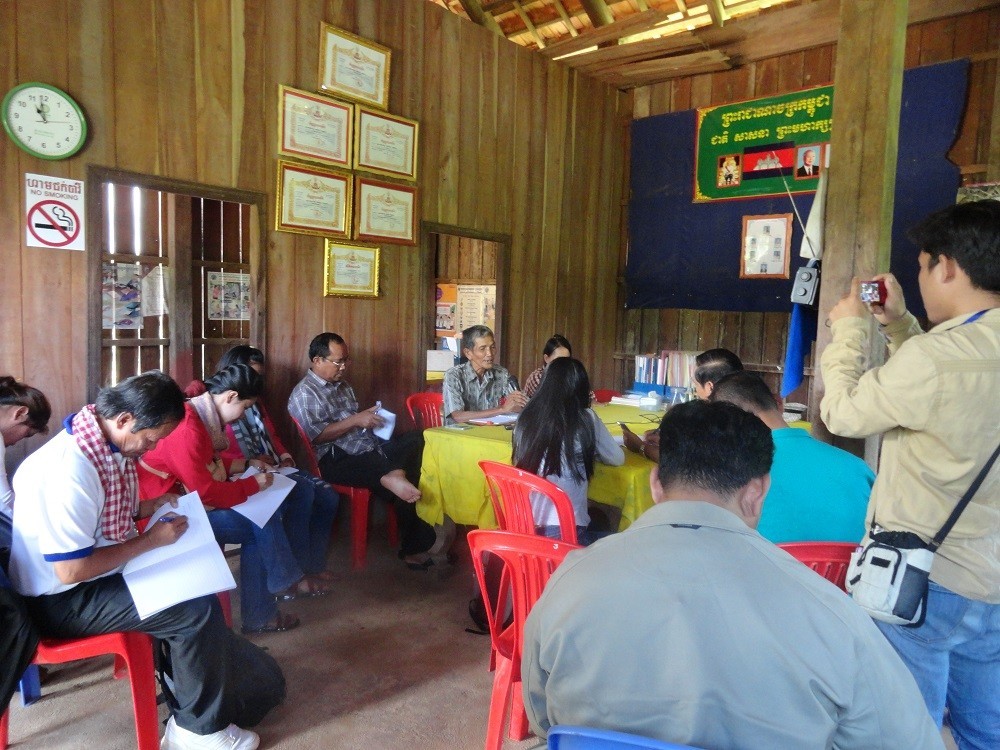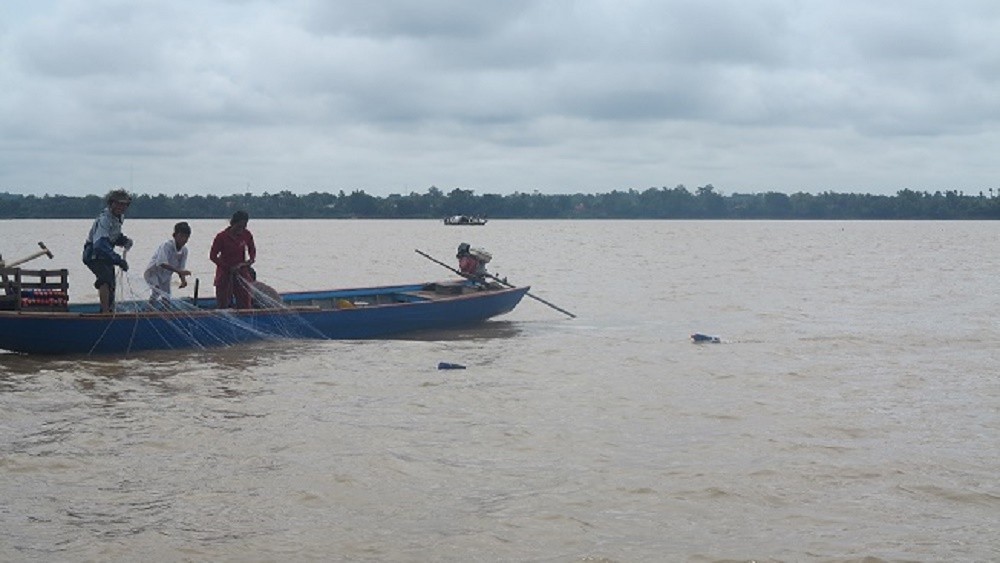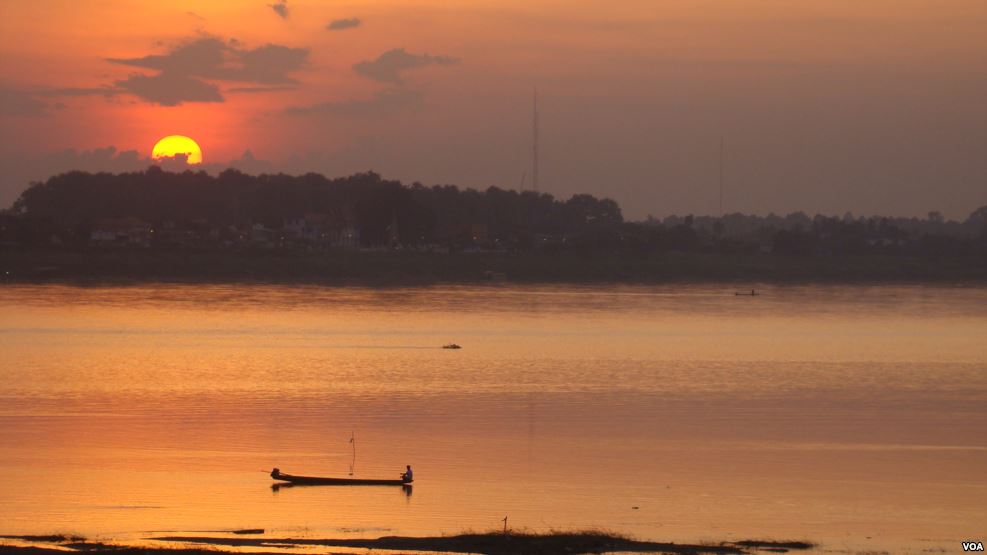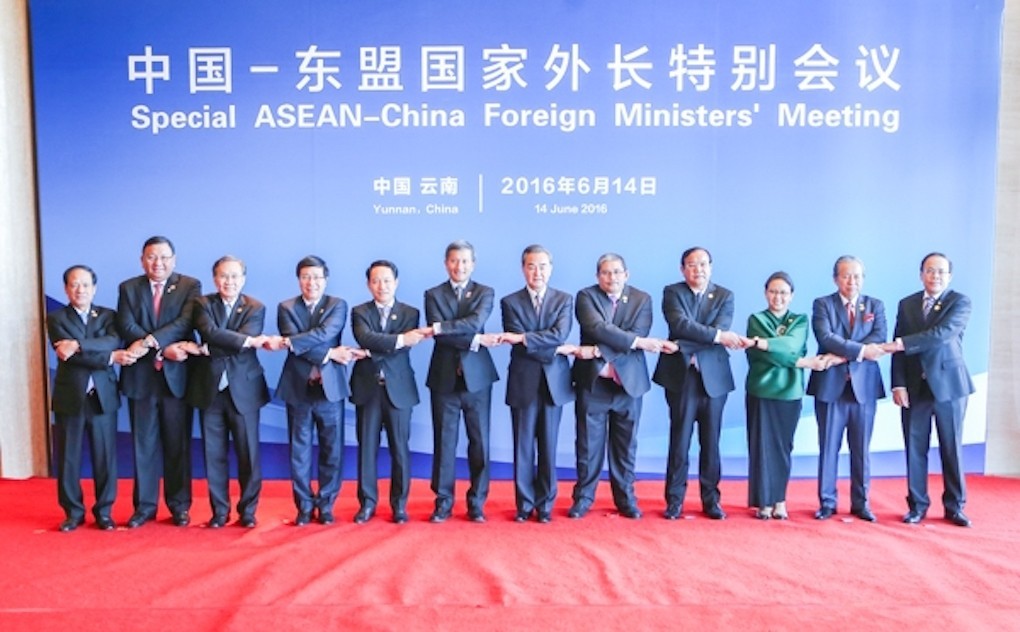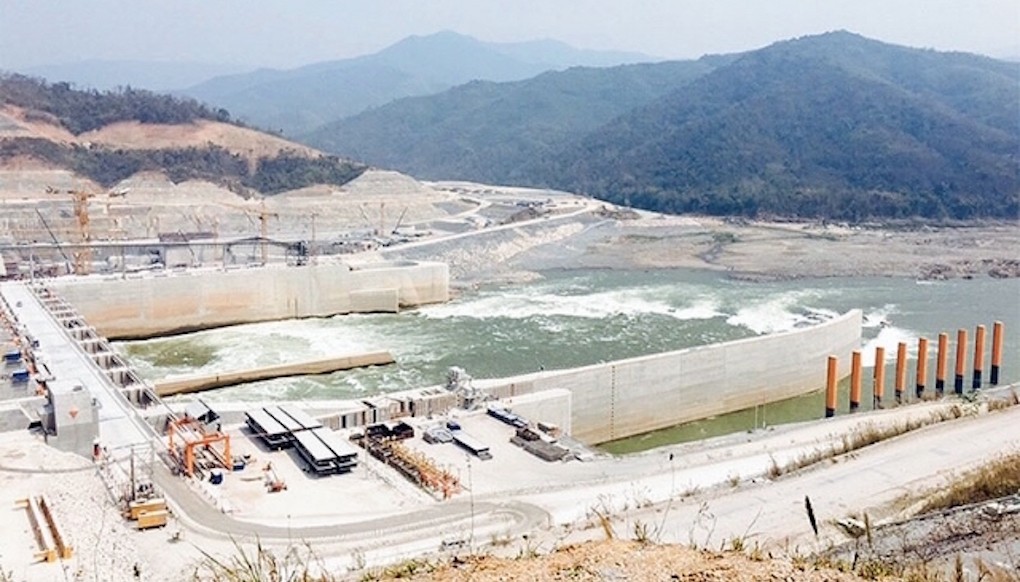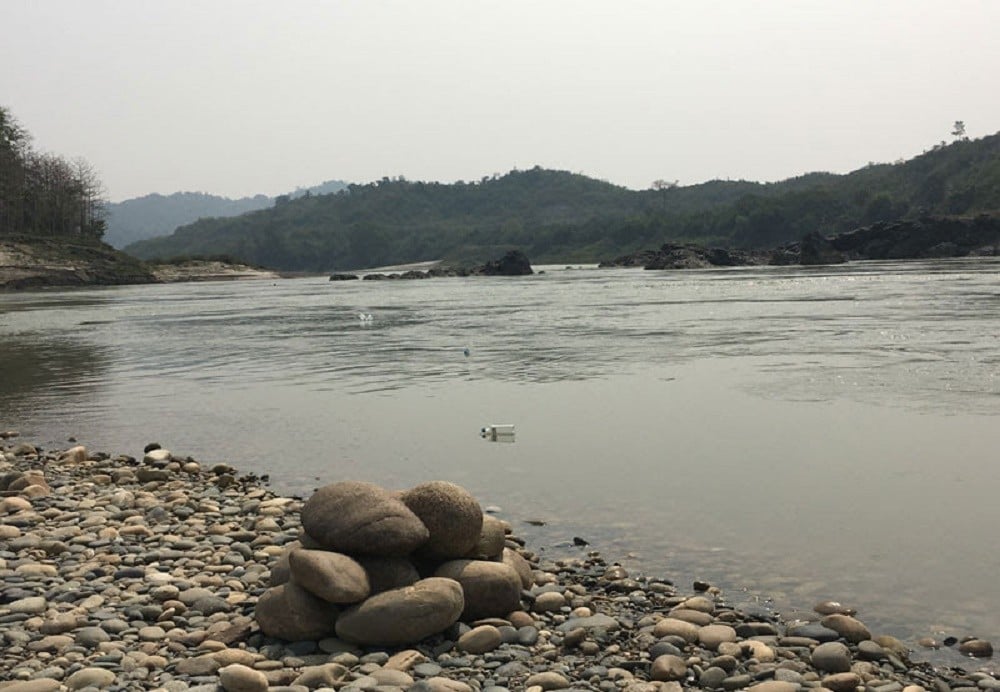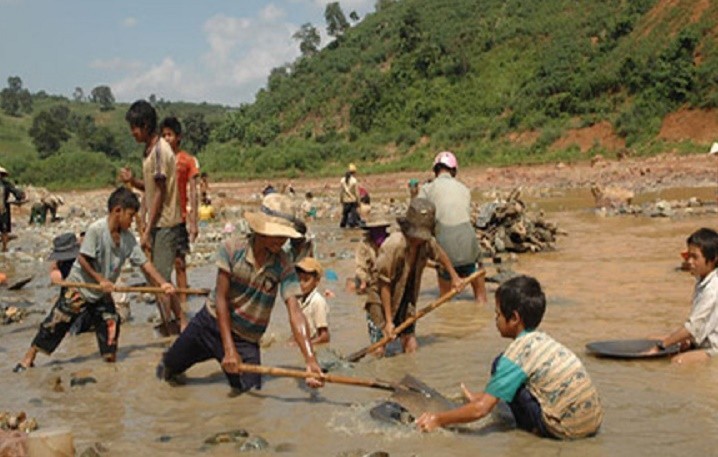Twenty Cambodian journalists from six Mekong provinces and Phnom Penh attended a three-day workshop in Kratie province to learn how to better report on the costs and benefits of hydroelectric dams and other development on the Mekong River.
Category: Region
Selected environmental stories from media outlets in the Mekong region and beyond.
Rough Waters of Lower Sesan II Dam
According to the Vietnam River Network, Lower Sesan II dam in Cambodia will affected both environmental and social aspects, not only around the project site but also from the upstream Sesan River to downstream at the Sekong River, Tonle Sap, Vietnam Mekong Delta region and also some parts of Laos and Thailand. However the Environmental Impact Assessment (EIA) report for this project only refers some affects around the dam and the transboundary impacts were not mentioned in EIA report.
River of Change: Hydropower dams and the Mekong River’s uncertain future
From the snowy plateaus of Tibet to the mountain gorges of China’s Yunnan province and beyond to the jungled borders of Myanmar, Thailand, Laos and down to the plains of Cambodia and paddy fields of Vietnam – the Mekong River is of crucial importance to tens of millions of people.
Yet, the future of the mighty Mekong is far from certain.
Irrevocably change is underway upriver and downriver – from China to the Mekong delta – as countries along the river’s length pursue hydroelectric dams as a path to power generation.
New book: Licensed Larceny: Infrastructure, Financial Extraction and the global South
This new 144-page book, just published by Manchester University Press, argues that the current push worldwide for Public-Private Partnerships (PPPs) is not about building infrastructure — roads, bridges, hospitals, ports and railways – for the benefit of society but about constructing new subsidies to benefit the already wealthy. It is less about financing
development than developing finance.
China-Asean Economic Ties
East Asia’s economy is entering a new phase of uncertainties and challenges stemming from complex geopolitics, a weakened European Union (EU) after Brexit, domestic political unpredictability in the US and an economic slowdown in China.
To maintain economic dynamics, regional countries need to deepen and speed up social, economic and financial reforms. The region needs to continue promoting an open and inclusive regionalism.
Work on Thilawa ‘Zone B’ to begin after rainy season
The investors behind Myanmar’s first special economic zone will start accepting proposals for factories in second zone known as “Zone B” at the end of the rainy season, as both phases of “Zone A” near completion, with US$760 million in foreign investment committed to the project so far.
Myanmar Thilawa SEZ Holdings chair U Win Aung told The Myanmar Timesthat the first zone, covering 400 hectares, is almost finished. Seventy-three foreign investors from 16 countries have agreed to invest in the project, which is located in Thanlyin township, around 25 kilometres (16 miles) south of Yangon.
Vietnam, Laos discuss Vientiane-Hanoi expy project
At a meeting in Laos on Wednesday, the two sides agreed the route layout and related issues for the 760-kilometer expressway connecting the capitals of the two countries, according to Vietnam’s Ministry of Transport.
The agreement was reached based on results of a pre-feasibility study conducted by Vietnam’s Transportation Design Consultancy Corporation (Tedi).
The expressway is planned to start from Vientiane, passing through Laos’ Pakxan and Nghe An Province’s Thanh Thuy, and end in Hanoi.
Thailand considers buying more power from Laos
Thailand may buy 9,000 megawatts of electricity from Laos this year to ensure sufficient supply to meet rising demand, says a senior official at the Energy Ministry.
That is nearly 30% higher than the 7,000MW Thailand currently buys annually from Laos, according to the most recent memorandum of understanding (MoU) the two countries signed in 2007. Of the total 9,000MW of power, most of it would be generated from hydropower, which is more cost-effective than fossil fuels.
Campaigners fight against the Myitsone dam
Theingi Htun Htet Htet Just a few months before 2012 by-elections, a group of concerned citizens worried about the fate of Myitsone gathered together at a location overlooking the confluence of three rivers in Myitkyina, Kachin State. A man walked to a podium with the assistance of a friend and said, with tears in his […]
VN urged to reduce raw mineral exports as natural resources decline
A report from the General Statistics Office (GSO) showed 6.82 percent growth in industry, lower than 9.66 percent in the same period of last year.
The decrease in industrial production growth rate was attributed to a decline in coal, oil and gas mining. The decline was not blamed on weak production activities, but on other reasons, including shortage of natural resources.


